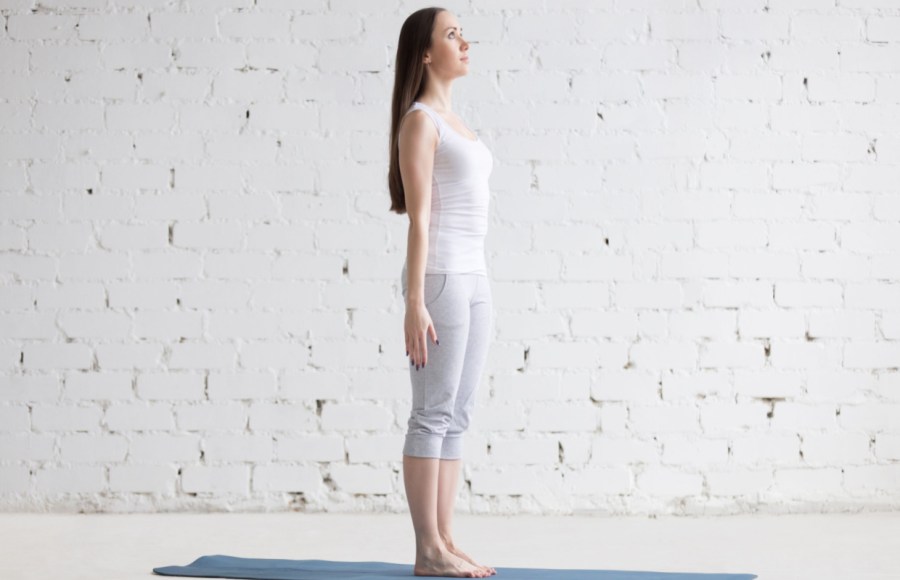Before beginning your Pilates session (or any workout, for that matter), it’s important to put your spine into a neutral position to protect your back, avoid injury and get the most out of the exercises. Here’s how to find and maintain your neutral spine…
In Pilates we talk about a neutral spine. But what does neutral really mean? Your spine is made up of 24 articulating vertebrae which should form a nice gentle ‘S’ shape rather than the ‘?’ shape of a hunched upper back and flat lower back that we see so often these days.
This ‘S’ shape is your spine’s neutral position and, when in correct alignment, it provides natural shock absorption from impact, allowing the weight of your body to be transferred through the centre of each joint. However, if your body is out of alignment, its weight will be displaced, and therefore put a strain on your vertebrae and joints.
What is ‘neutral spine’?
A neutral spine and pelvis enables your limbs to move freely and naturally. If, for example your pelvis is tilted forwards –creating a large arch in the lower back – this can affect the muscles of your back, bottom and thighs and can lead to weakness, tightness and even injury.
Ideally, we would all have a neutral posture but modern life gets in the way. However, by doing Pilates you are off to a very good start. And as your posture and alignment starts to improve, you’ll notice it’s easier to maintain a neutral spine as you go about your daily business.
Many Pilates exercises are performed in neutral. However, some moves require you to imprint your spine on the floor instead – flattening your back rather than being in neutral – to create a safer position for challenging your abs.
How to find your neutral spine lying down
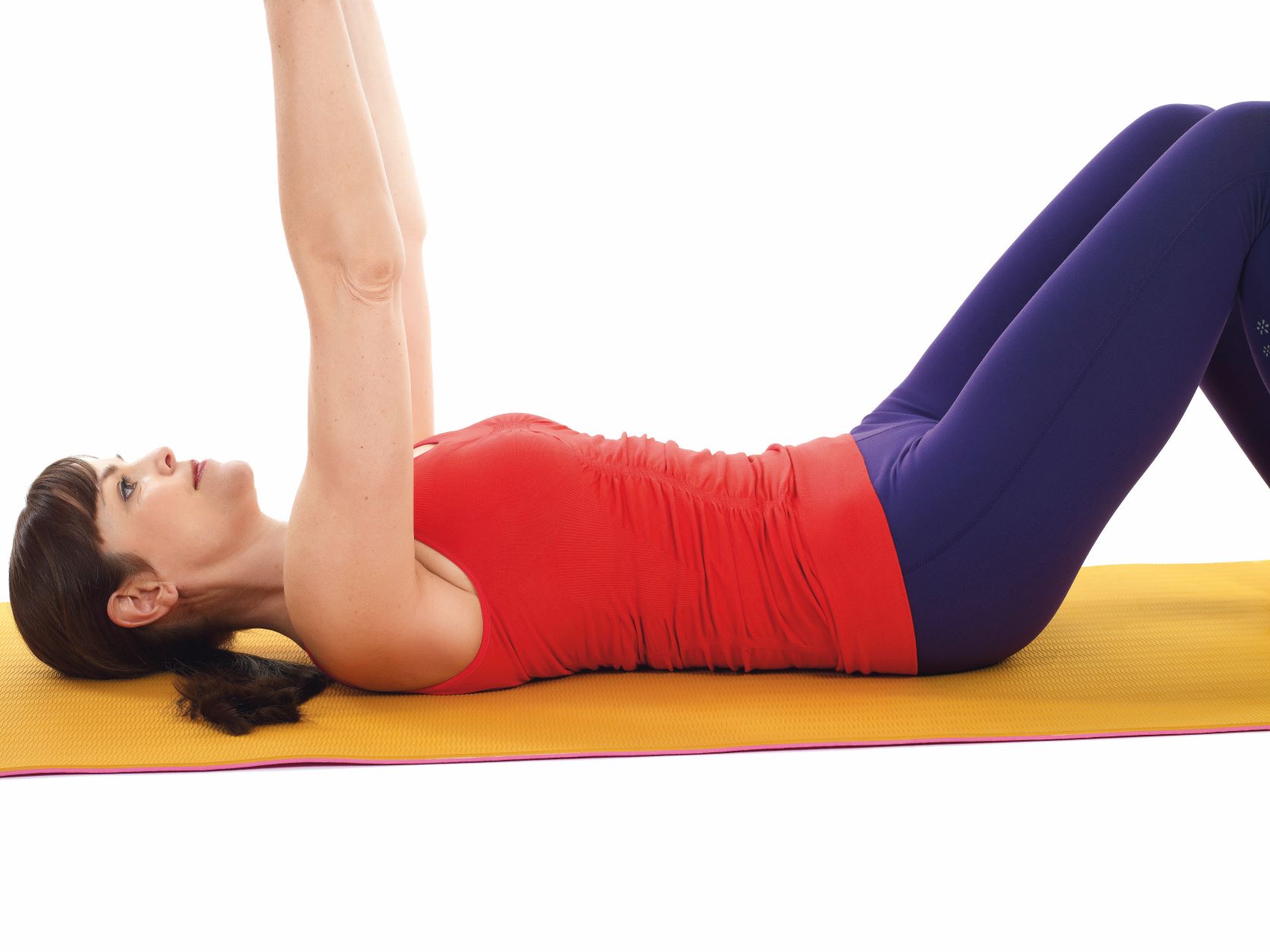
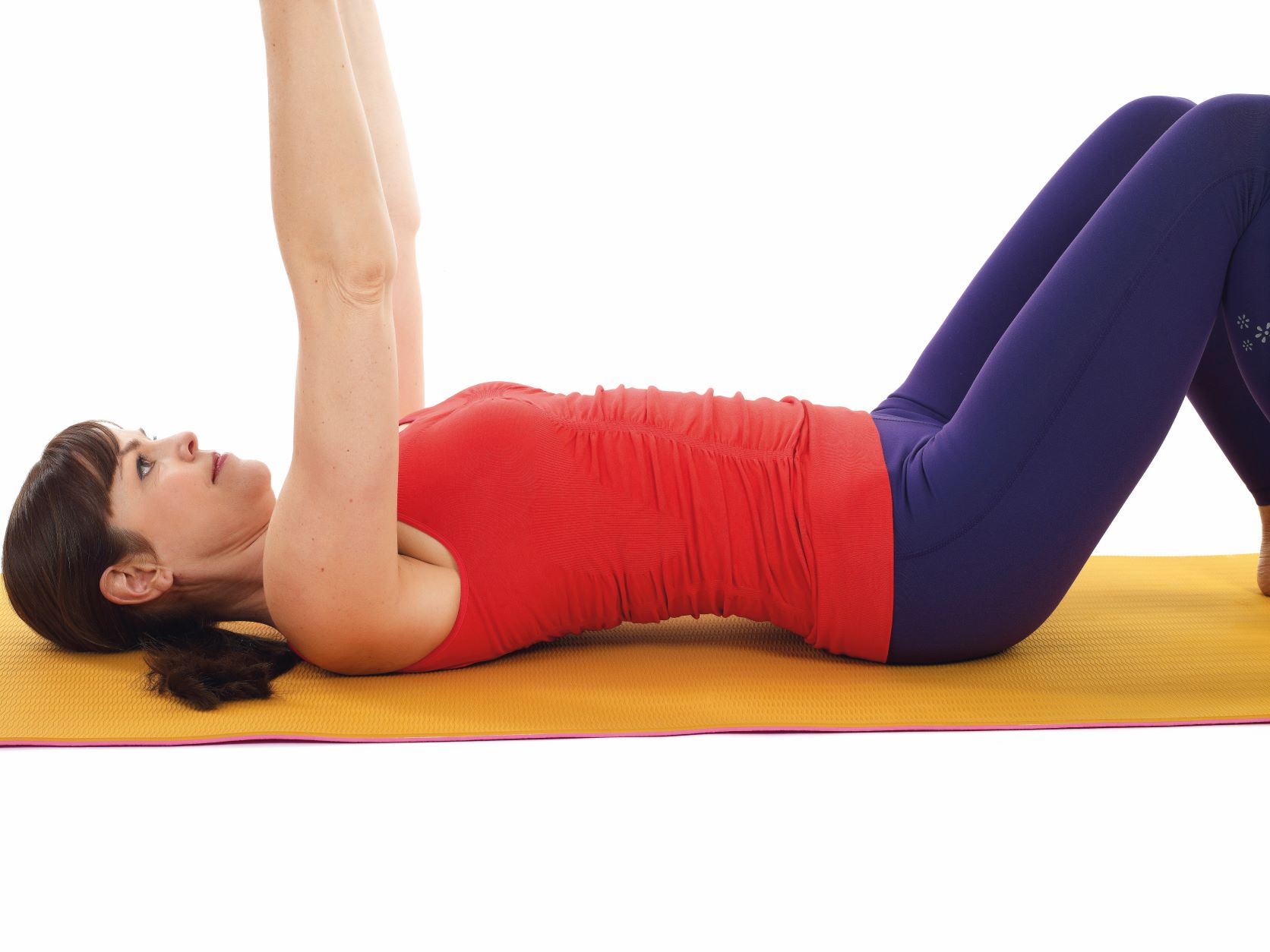
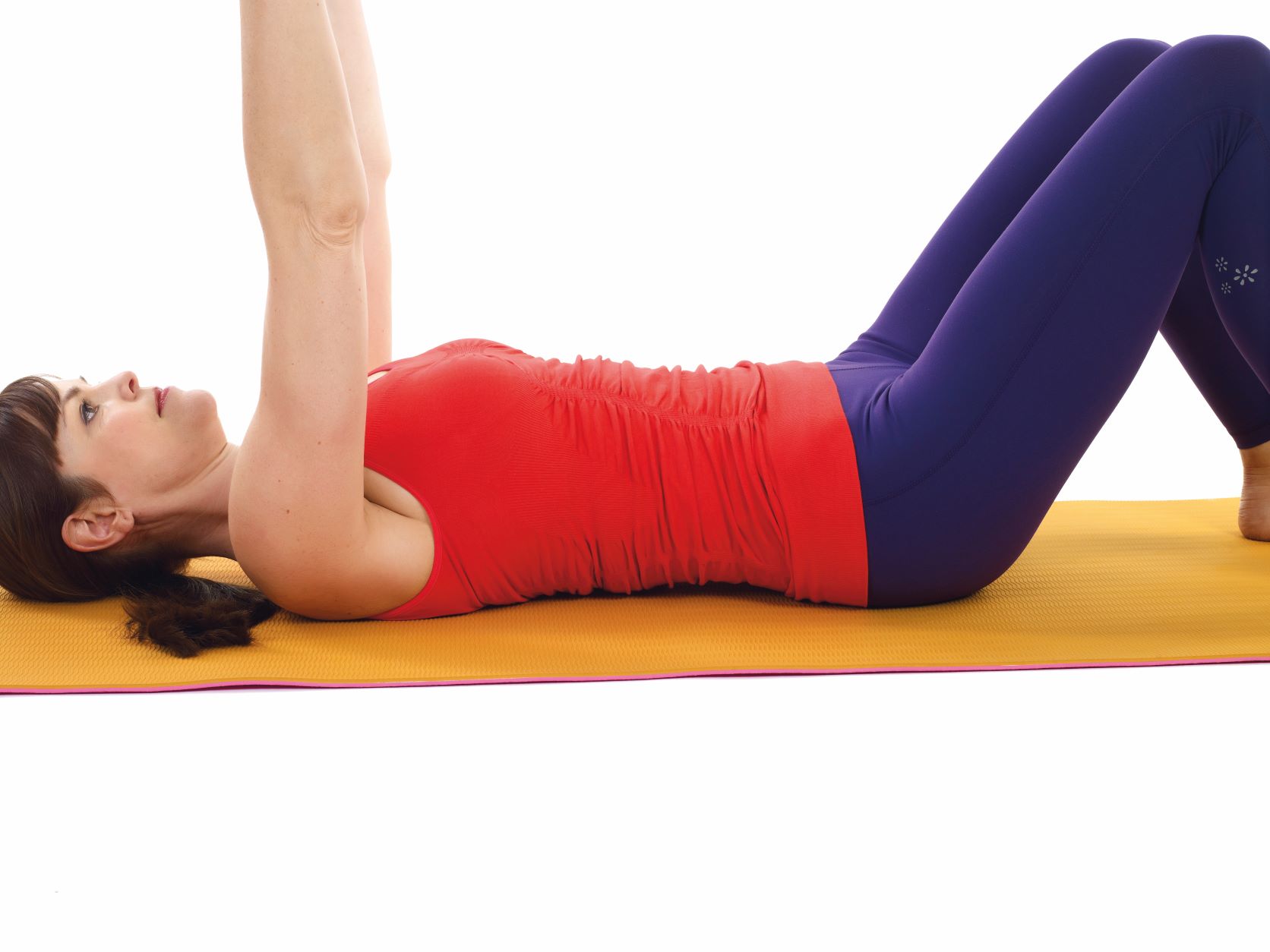
- Lie with your knees bent and feet hip-width apart. Press your lower back flat on the floor.
- Arch your lower back off the floor. Continue four or five times making the movements smaller and smaller.
- Finally, settle at a point where your back is neither flat on the floor nor arched off the floor but in between.
- Once in neutral, you can feel with your hands that your pubic bone and your hip bones are more or less level. Remember that no two bodies are the same, and the arch under your back might look bigger if you have a larger bottom.
TOP TIP: Imagine you have a big bowl of soup on your stomach. You don’t want the soup to tip out of the front or back of the bowl but to lie flat.
How to find your neutral in standing
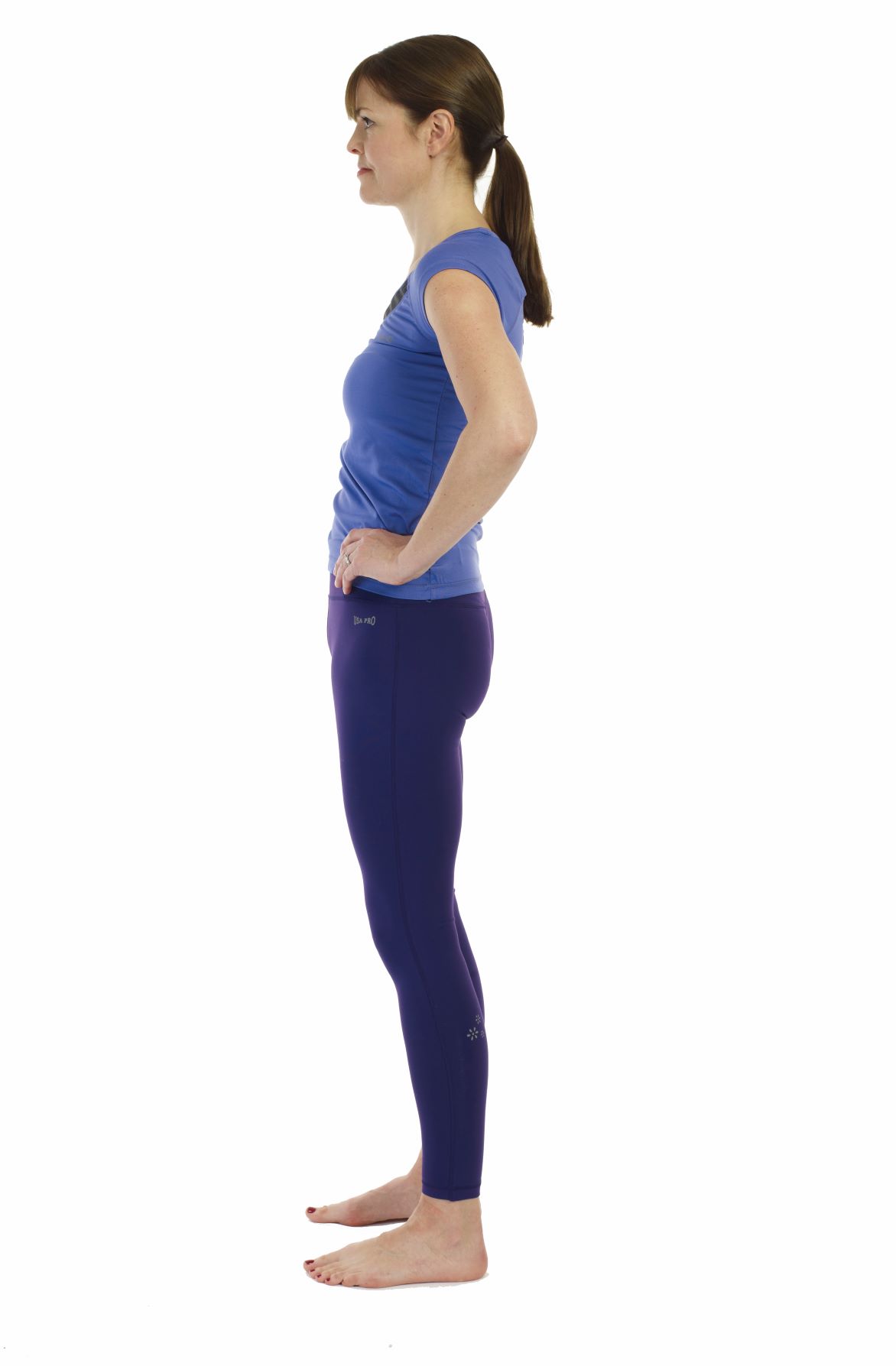
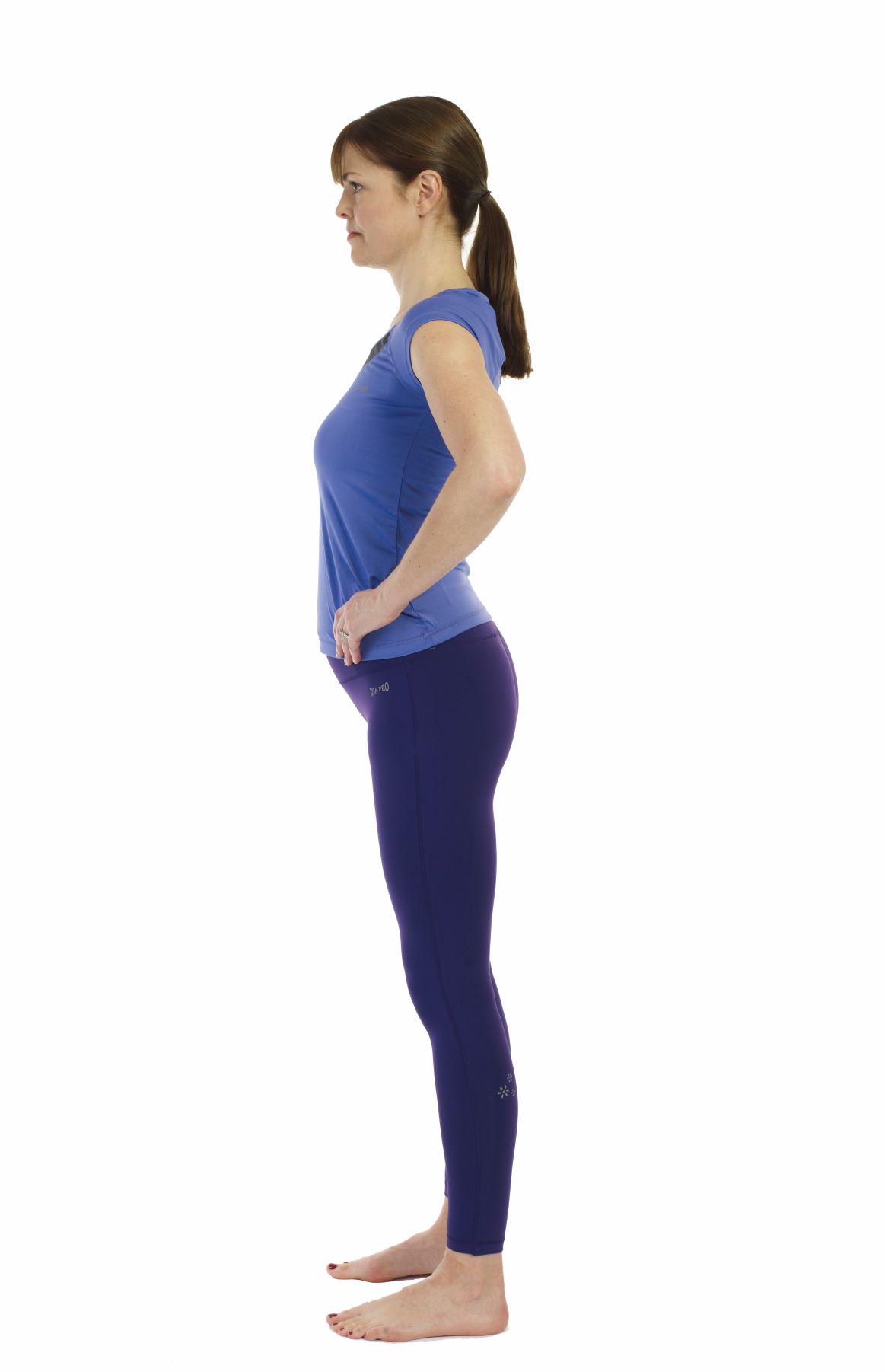
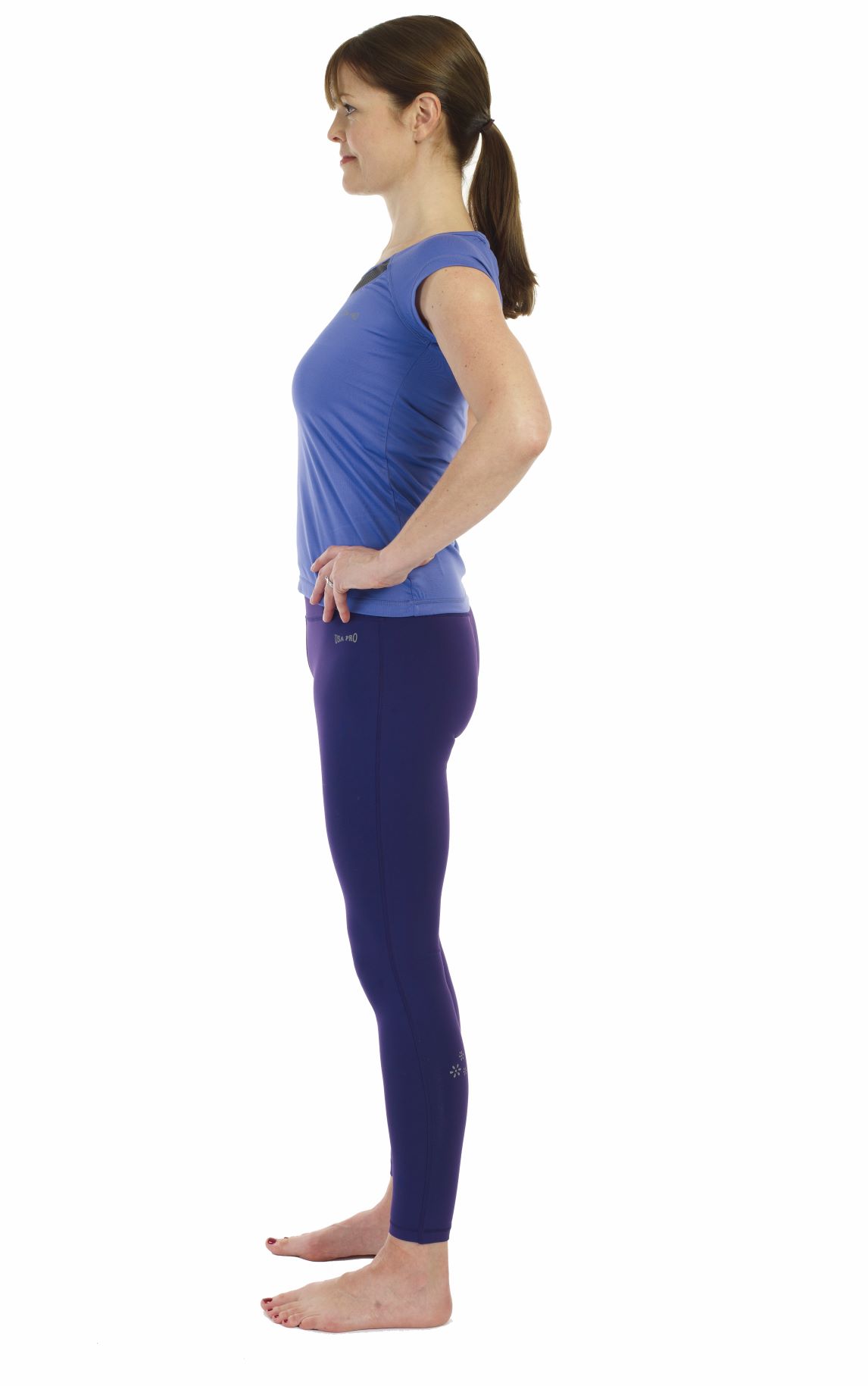
Try this side on to a mirror: Stand with your feet hip-width apart and your knees soft
- First tuck your tailbone under, flattening out your lower back.
- Now arch your back by sticking your bottom out. Move four to five times in each direction making the movements smaller and smaller until you come to rest in the middle.
- At this point your back should have a gentle curve, and if you place your hands on your pelvis you will feel that your pubic bone is in line with your hips bones. Watch what happens to your stomach. If you arch your back too much your stomach will poke out making you look much bigger!
Note: your shoulders should also be in a neutral position, with the shoulder blades drawn slightly towards each other and down. You can imagine that you are sliding your shoulder blades down towards a single back pocket in the middle of your jeans.

